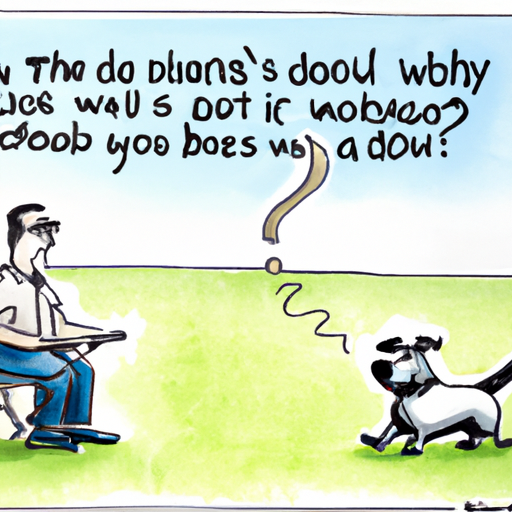What is Dog Scooting?
You might have seen your dog scoot across your carpet or grass, dragging their rear end along the surface. While it might seem funny or cute at first, it’s important to know that scooting can be a sign of a health problem.
Dog scooting, or dragging their bottom along the ground, is usually a sign that something is irritating your dog. This could be due to various reasons like anal gland issues, parasites, allergies, or even a rectal prolapse.
The Causes of Dog Scooting
Understanding the reasons behind your dog’s scooting can help determine the appropriate treatment. Here are some common causes:
-
Anal Gland Issues: Dogs have two small anal glands located on either side of their anus. These glands can sometimes become blocked, causing discomfort that your dog might try to alleviate by scooting.
-
Parasites: Parasites such as tapeworms or pinworms can cause itching in the anal area, leading to scooting.
-
Allergies: Just like humans, dogs can have allergies. These can cause inflammation in the anal area, prompting your dog to scoot.
-
Rectal Prolapse: Though rare, a rectal prolapse can also cause scooting. This is a serious condition where the rectum extends outside the anus.
| Causes | Symptoms | Solutions |
|---|---|---|
| Anal Gland Issues | Foul smell, red or swollen anus, scooting | Veterinary treatment |
| Parasites | Visible worms, weight loss, scooting | Deworming medication |
| Allergies | Itching, redness, scooting | Allergy medication, dietary changes |
| Rectal Prolapse | Visible rectal tissue, difficulty defecating, scooting | Veterinary treatment |
How to Prevent Dog Scooting
Prevention is always better than cure. Here are some ways you can help prevent your dog from scooting:
-
Maintain a healthy diet: Nutritious and fiber-rich food can help ensure your dog’s digestive system is functioning properly and reduce the chance of anal gland issues.
-
Regular grooming: Keeping the anal area clean can help prevent irritation and infection.
-
Regular vet checks: Regular vet visits can catch potential health issues early.
When to Seek Veterinary Help
If your dog’s scooting persists for more than a day or two, it’s time to seek veterinary help. Other signs that it’s time for a vet visit include visible worms, blood in the stool, changes in appetite, or your dog appearing to be in pain.
Remember, scooting is not a behavior to be ignored or punished but a signal that your dog might be uncomfortable or in pain.
Frequently Asked Questions
Q: Can scooting harm my dog?
A: While scooting itself is not harmful, it can be a sign of underlying conditions that require attention.
Q: How can I tell if my dog’s anal glands are blocked?
A: Common signs include scooting, licking the anal area, or a foul smell.
Q: Can dogs scoot due to behavioral issues?
A: While it’s possible, scooting is usually a sign of physical discomfort. If you’re unsure, consult with your vet.
Q: Should I try to express my dog’s anal glands at home?
A: It’s best to leave this to a professional. Incorrectly expressing the glands can cause harm.
Remember, as a caregiver, it’s crucial to pay attention to your dog’s behaviors and seek professional help when necessary.



